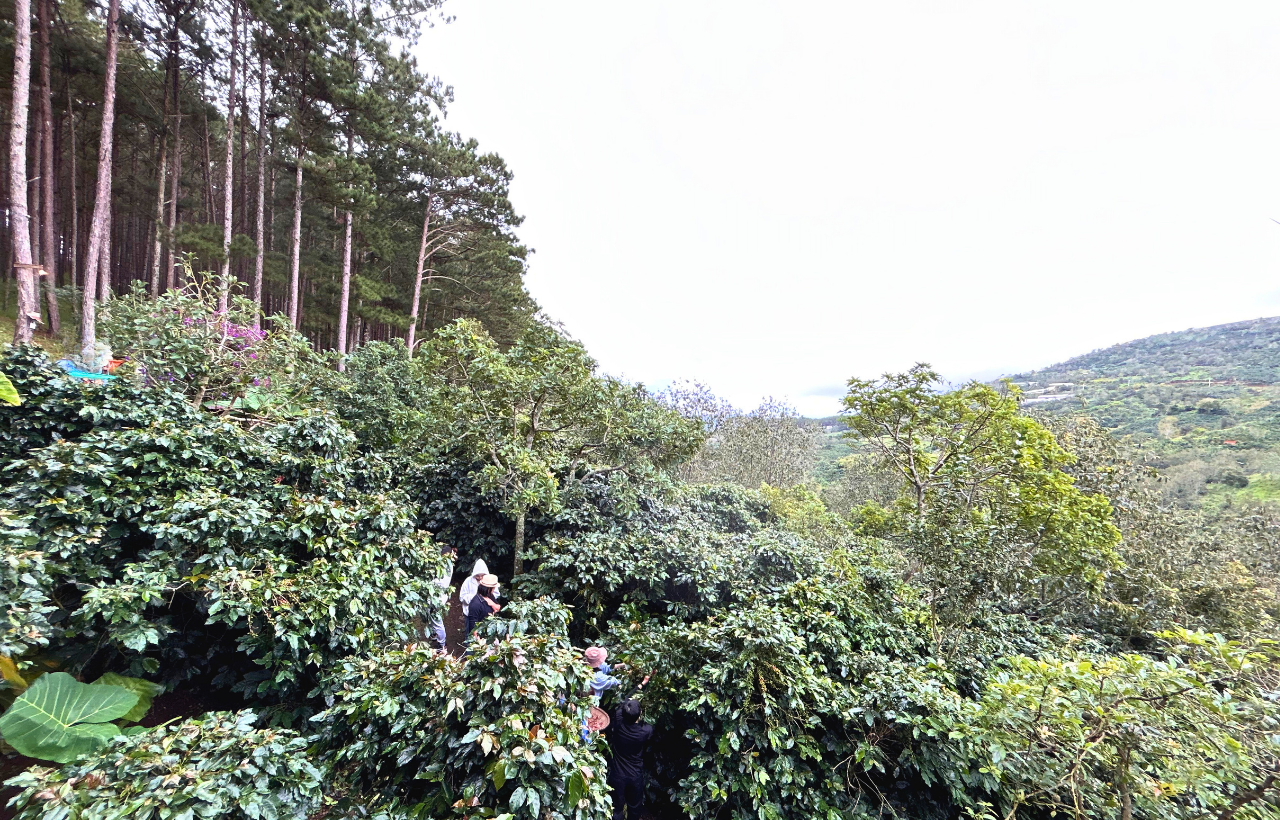



Coffee with Natural
Our extraordinary coffee plantation nestled deep within the lush jungle. Here, amidst the untouched beauty of nature, we cultivate and harvest coffee beans that embody the essence of the wild.




Our extraordinary coffee plantation nestled deep within the lush jungle. Here, amidst the untouched beauty of nature, we cultivate and harvest coffee beans that embody the essence of the wild.